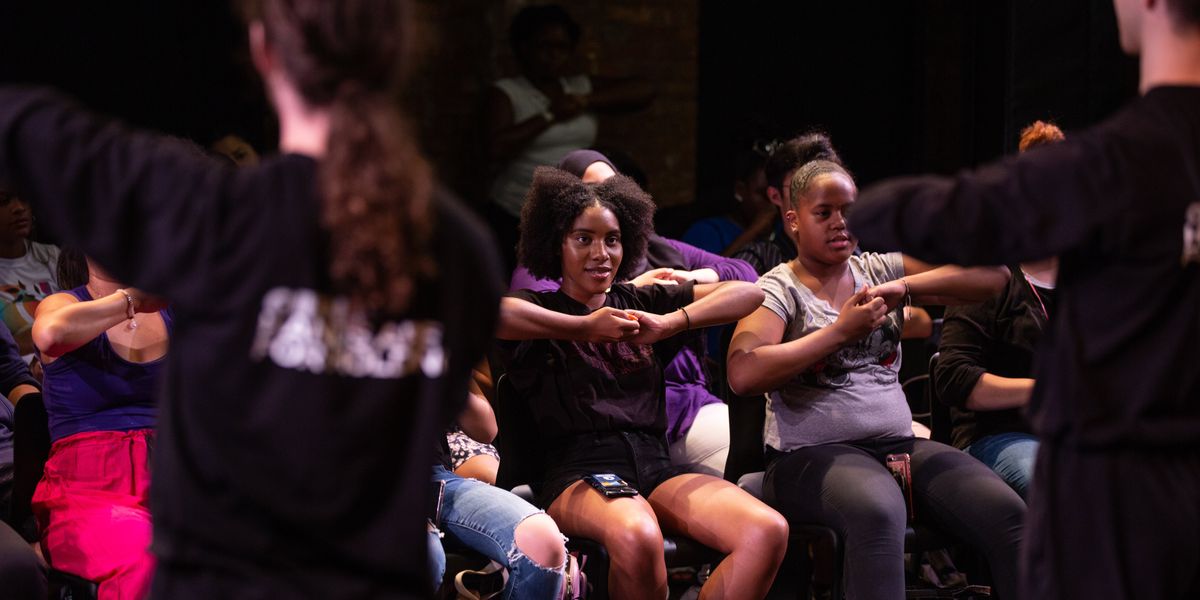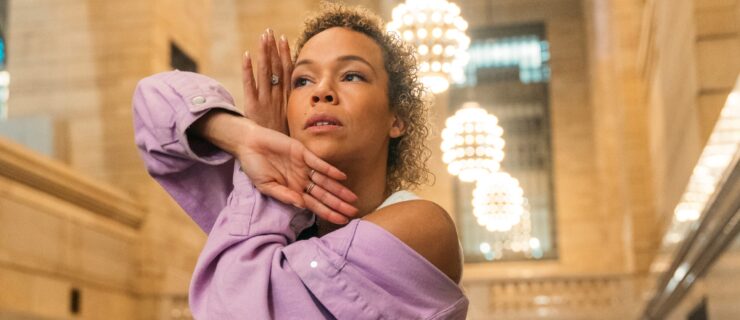How to Create Outreach Projects that Are Actually Meaningful
There’s a big difference between one-size-fits-all outreach projects that exist to check a box on a grant application and work that has a lasting impact. As more dance companies incorporate engagement efforts into their seasons, they’re finding that truly purposeful projects require careful consideration of the communities they serve.
Focus On Meeting Needs
Taking the time to research the community you’re working with is paramount to creating a meaningful partnership. Brooklyn-based Urban Bush Women starts all of their engagement endeavors with a planning meeting where they connect with members of the community. “The company is not positioned as experts, but as artists who are sharing a practice,” says co-artistic director Chanon Judson. “It’s an exchange of values.”

Courtesy Urban Bush Women
Worthwhile outreach projects should take into consideration the particular needs of the population. Oakland, California–based company Dimensions Dance Theater offered free studio space for dance instructors and their students while local schoolteachers were on strike earlier this year. And in response to Oakland’s high level of human trafficking, DDT offers educational workshops for youth about trafficking and programs for young women who are survivors.
While working in New Mexico state juvenile detention centers over the past 23 years through Keshet Dance Company’s M3 program, artistic director Shira Greenberg got feedback from students that they were struggling academically. Her response was to develop a movement-based curriculum focused on math, literacy, science and conflict resolution. Testing before and after each program shows an average 28-percent increase in student scores, and students who participate also demonstrate increased confidence and cooperation.

Edward Miller Photography, Courtesy Dimensions Dance Theater
Ask and Adapt
Flexibility is key, as no one setting will be like another. In New York City, Gibney offers movement workshops in domestic violence shelters and a violence prevention program for middle and high school students. “Shelters contain transitory populations, so the work we’re doing is designed to be flexible enough to accommodate an entirely different group every week,” says Kara Gilmour, Gibney’s senior director of community action, training and artist services.
Use Your Strengths
As an outsider, it’s important to work with other experts rather than trying to do it all. “We don’t try to be what we’re not. Our dancers have a deep somatic practice and that’s what we ask them to bring to the table,” says Gilmour.
During Gibney workshops at shelters, a social worker or trained staff member is always present. “They hold the space in a way that is safe for both the participants and the artists,” says Gilmour. “The artists can then share their expertise, which is the creative process, creating a sense of community, a sense of fun and building something together.” Depending on your setting, a school counselor, classroom teacher, law enforcement official or human resource manager can be the bridge between you and the population you’re working with. They can also assist with behavior management, help you navigate a new space or act as another demonstrator.

Scott Shaw, Courtesy Gibney
Appreciate the Power of Dance
By offering vulnerable populations the opportunity to make choices, work collaboratively and express themselves creatively, dance has the power to be transformative. “It’s a privilege to see people blossom once they are engaged,” says DDT’s administrative coordinator Latanya d. Tigner. “They learn their self-worth. Their confidence goes through the roof. It’s really a pleasure to watch.”




